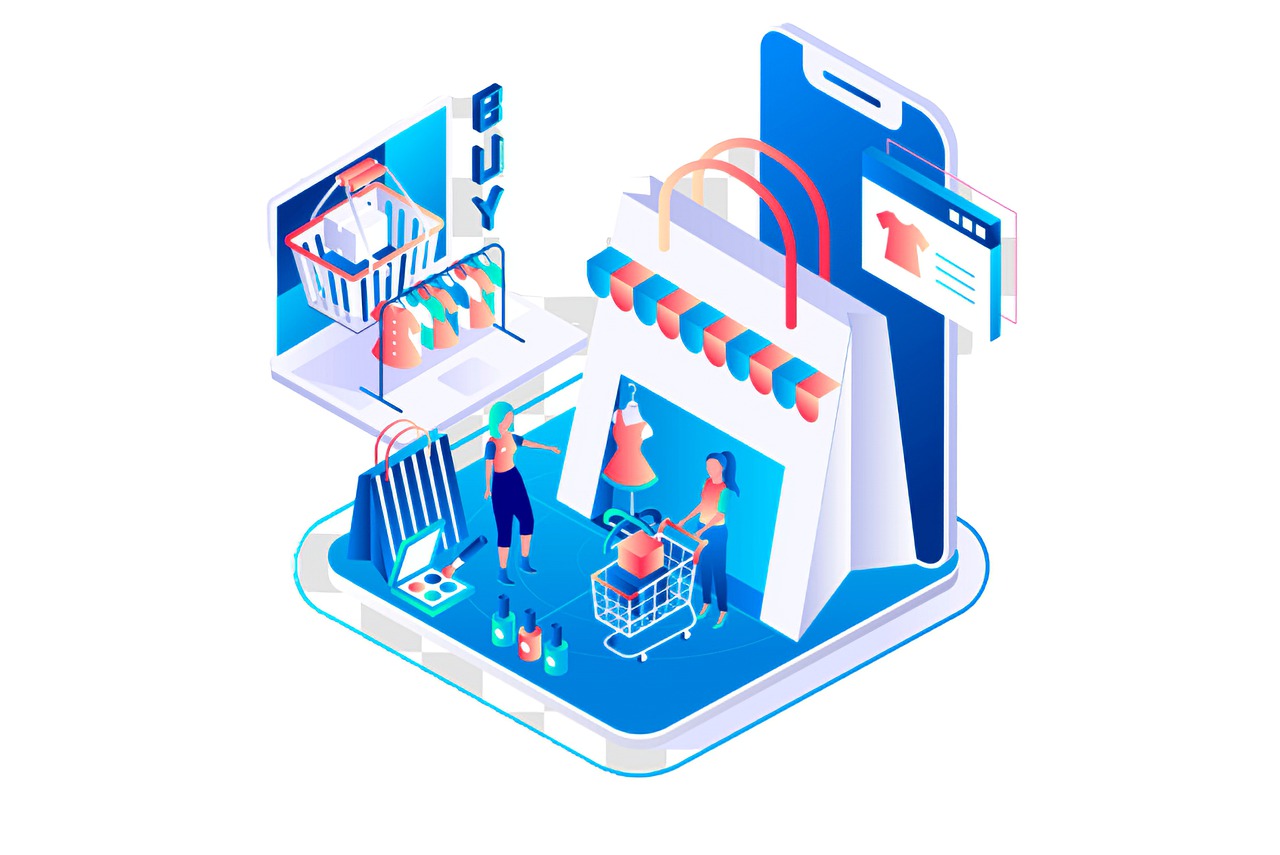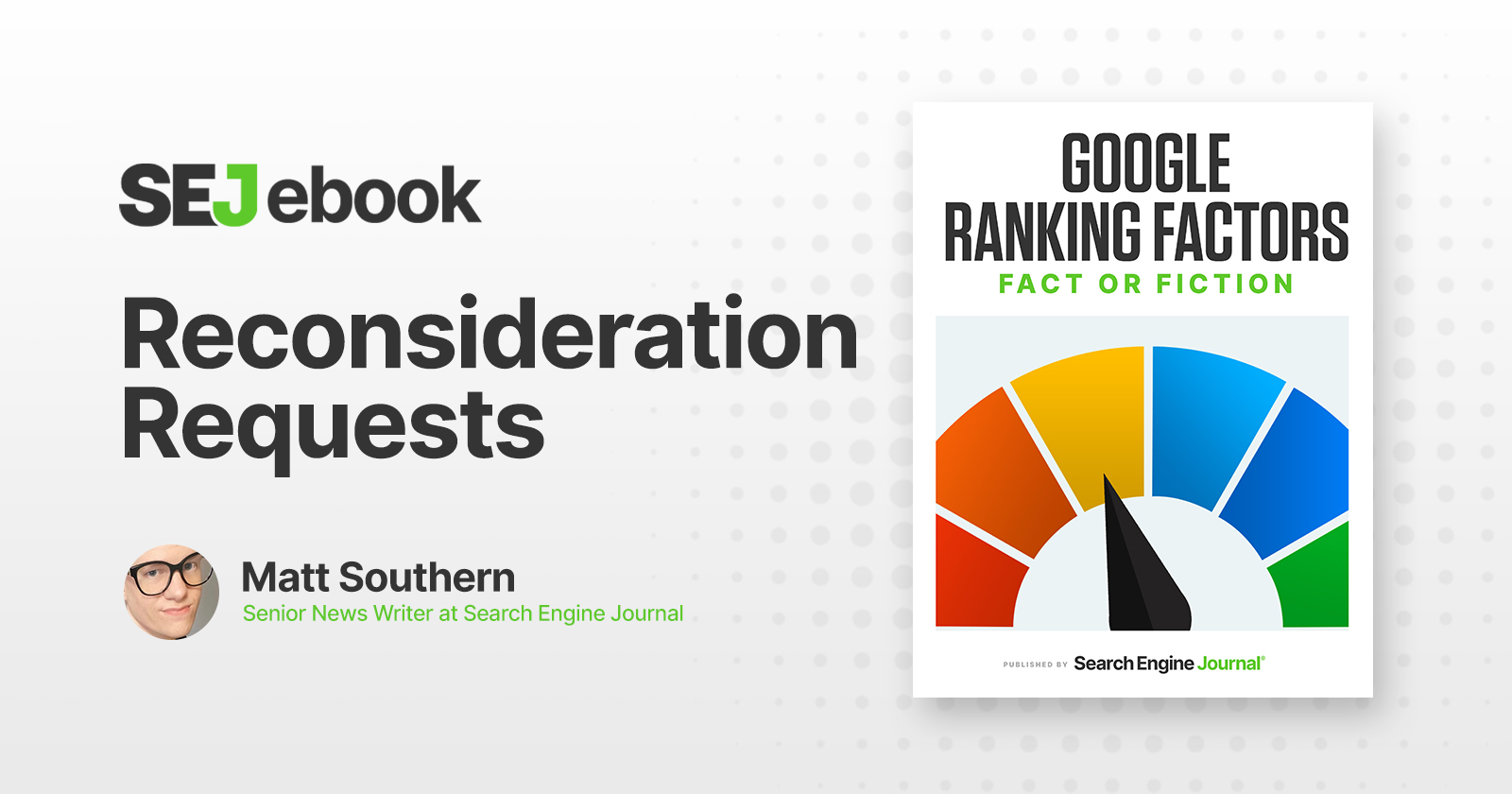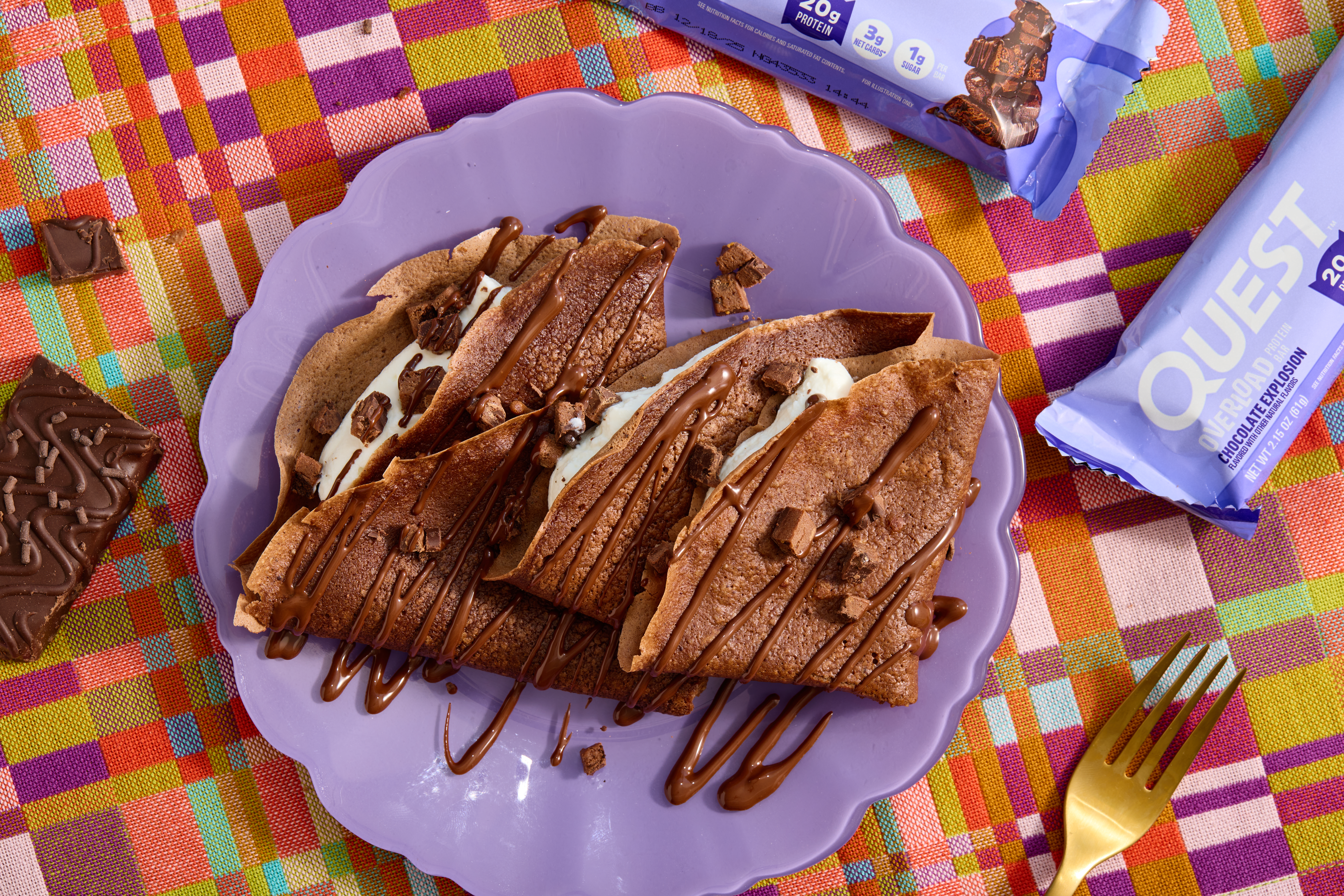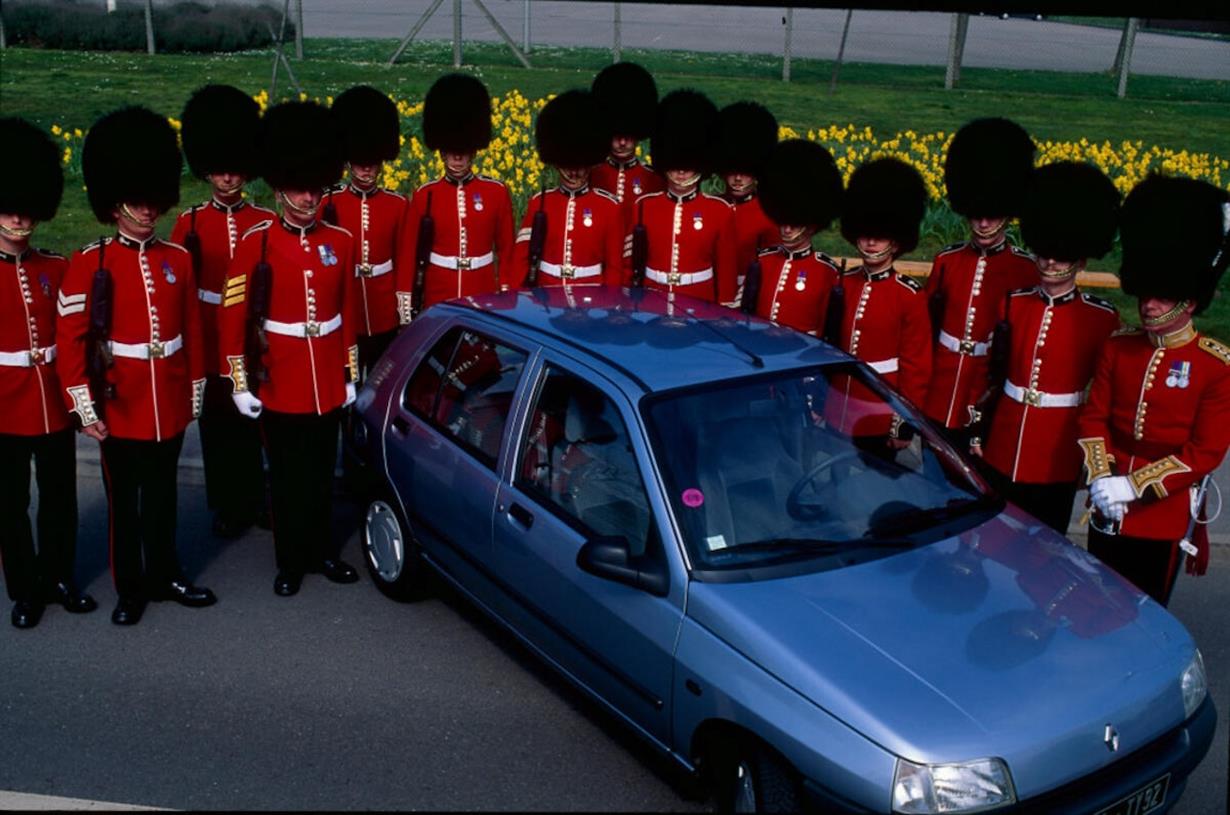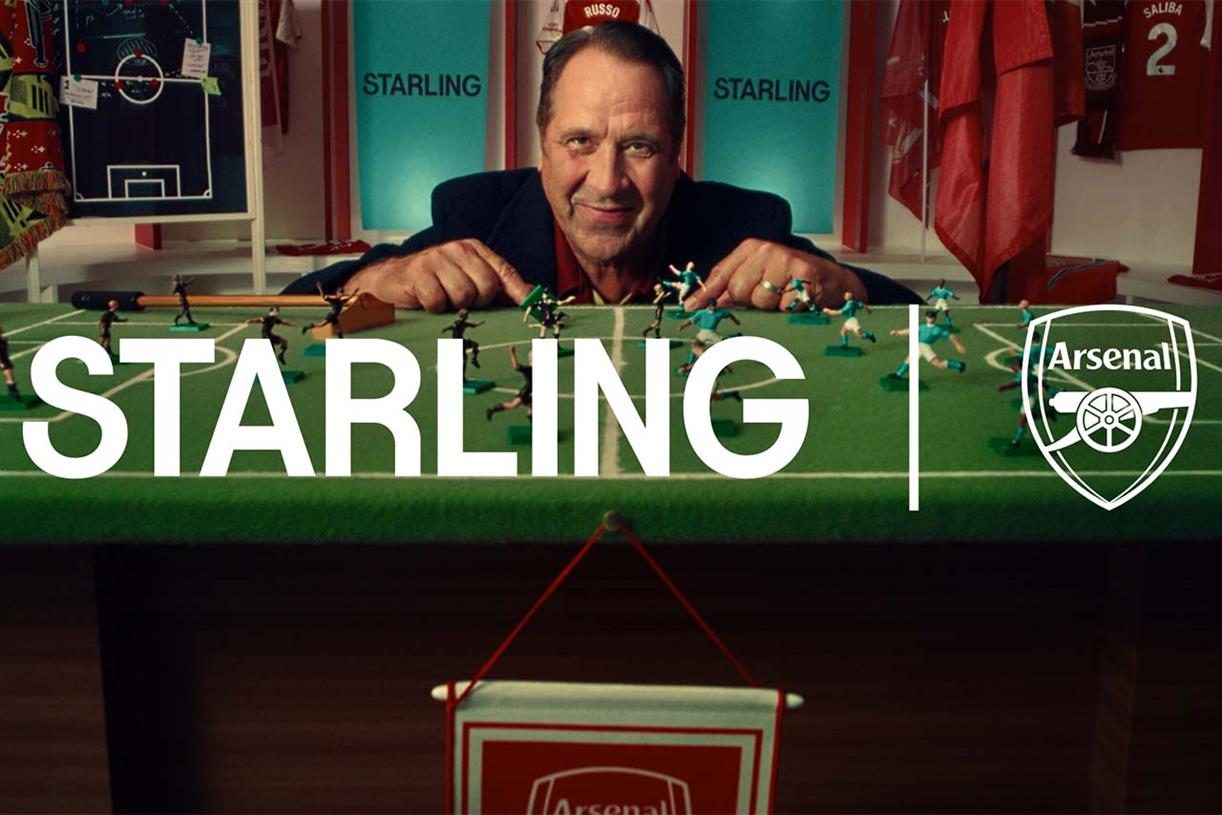10 Essential Tips for Successful Event Marketing
Event marketing can be a powerful tool for your company or organization to help build brand awareness, connect with your target audience on a personal level, and even drive sales. But event marketing isn’t just about promoting yourself and...

Event marketing can be a powerful tool for your company or organization to help build brand awareness, connect with your target audience on a personal level, and even drive sales. But event marketing isn’t just about promoting yourself and your brand; it’s about creating a lasting impression that stays with people long after they leave your booth or party.
Ultimately, the aim of event marketing is to create a memorable experience. Whether you send customers on a scavenger hunt through your store or host a cooking class with one of your products as the main ingredient, the goal is to create an event that appeals to everyone’s senses and gets people excited about your brand.
Here are 10 tips that will make your company’s next event a success.
Tip #1: Timing is Everything
When planning your event, it’s best to avoid the quarter-one calendar months. Events on the tail of a holiday spending spree can underperform or even tank, which is why many businesses balk at an event marketing project during the first months of the year.
Additionally, quarter one is notorious for weather challenges. If you decide to go ahead with a winter event, remember that simple things like giveaway hand warmers and heaters go a long way with staff and guests.
Tip #2: Know Your Target Customer
Like all marketing, for event marketing to be successful, it has to be targeted. While planning your event, know who you are trying to engage, how you can best grab their attention, and where you will find them.
Every dollar you spend should be geared toward the right audience. Understanding which demographics they encompass — age, gender, and geographic location, for example — is vital, but another kind of information can help you go deeper: psychographics. These are the attitudes and beliefs that define your target audience, and these factors enable you to pinpoint events and conferences that your target audience is likely to attend.
Tip #3: Two Heads are Better than One
One of the best ways to generate more traction for your event is by aligning with strategic partners. Partnerships can help you reach new audiences, squeeze more value out of your event, and save money on marketing costs. Partnering with other organizations brings in new attendees and creates opportunities for cross-promotion between brands.
When aligning your brand with strategic partners and events, do your research. Steer clear of first-year events unless the event’s promoter or organizer has a strong track record.
Location is key when it comes to events and retail, as higher-traffic areas like entrances or end caps typically deliver the best ROI. Conversely, the loudest areas, such as those near live music, can make it extremely hard to connect during conversations.
Tip #4: Know Your End Game
Successful event marketing is based on clear objectives. Before you can measure the success of your event, you need to know what that success will look like by determining the key performance indicators (KPIs) that will be used to evaluate your event’s performance.
KPIs are specific metrics that help you measure and determine how well an activity or initiative is performing relative to a goal or standard. For example, if your goal is to increase sales by 8% this year and sales were up 10%, then your KPI was exceeded by 2%.
ROI is an important metric for measuring the success of your event marketing efforts, but it’s not the only one. ROI is an indicator of success — not an end in itself. It can help guide future decisions, but it’s also important to keep ROI from becoming the only thing that matters when evaluating event marketing. Though it’s difficult to calculate the value of things like new connections, word of mouth, online engagement, and buzz, they are often worth more than a sale in the long run.
Tip #5: Success Requires Planning
Every experiential marketing event needs a well-defined standard operating procedure document. These written instructions should lay out a detailed routine for your event.
Carefully investing your time in the initial planning of your event will reward you with massive dividends in the end. Be sure to map out the details of the entire event from start to finish, and give your team the tools they need to be successful.
Tip #6: Come Prepared for Set Up
When planning your event, create an event set-up manual for your staff and volunteers. Make sure to include what you expect them to bring and wear to the event, as well as a comprehensive list of everything you need in your booth.
For example, most events will require you to bring a six-foot table, sandbags or weighted buckets to secure the tent, a six-foot table, branded table skirt, marketing materials, and either a branded 10×10 tent if the space is large enough or a smaller cocktail table in case space is tight. Event planning pros make sure to always arrive with zip ties, duct tape, a sharpie, extension cords, and industrial scissors to meet any unforeseen emergencies that arise.
Tip #7: Send Potential Customers Away with Something in Their Hands
People love free stuff, so make sure to include some giveaway items at your event. If possible, offer more than one kind of takeaway, so there’s something to suit everyone’s taste.
When guests leave with inexpensive merch or swag, your brand lives outside of the event. A memorable souvenir reminds people about their experience with your brand and may even prompt them to share the memory with friends and family.
Tip #8: Let the Event Live on Through Social Media
Shareable social content enables your experience to live on long after you pack up your booth by turning every attendee into an ambassador for your brand. During the event, hand out favors with the event’s hashtag and incentivize guests to snap pictures and share.
Make sure you have staff ready to document the event through your own pictures and videos. After the event, publish those photos and clips on your social channels. Sharing pictures, videos, and stories and engaging with comments keeps the experience alive long after it has ended.
The more creative and fun your experience is, the easier it is to collect engaging content and encourage followers to share. There are many ways to stand out from the crowd — you just need to think outside the box. For example, games or activities promoting participant interaction make the event more memorable for everyone involved.
Tip #9: Analyze the Process
After your event, be sure to evaluate the process. Create a record of what worked well and what you will change next time. Can you rinse and repeat the process or scale it up in the future?
Remember to evaluate how your target audience responds. Before the event, take time to map out the customer journey you envision for this event. How will you draw leads from the event into your funnel, and what will you do to engage with those leads? After the event, determine whether your map was accurate.
This “post-mortem” is critical to evaluate what worked and what didn’t work. Use this information and insight to improve your next events or campaigns.
Tip #10: Thank All Participants Involved in the Event
Event marketing takes a village, so remember to thank your team for their hard work. During the event, ensure your staff runs at full speed by offering healthy snacks, energy bars, cold water, and soft drinks.
Afterward, pass around inexpensive gift cards applicable for events at retail locations as thank yous. Remember, your event’s staff, workers, volunteers, management, and organizers are all potential customers, so be sure to thank and engage everyone involved.
Above all, make sure your event marketing is not just about sales but about creating a lasting impression through memorable interactions and experiences. The most important thing is to have fun! If you don’t enjoy what you’re doing, your audience won’t either.

 FrankLin
FrankLin 









